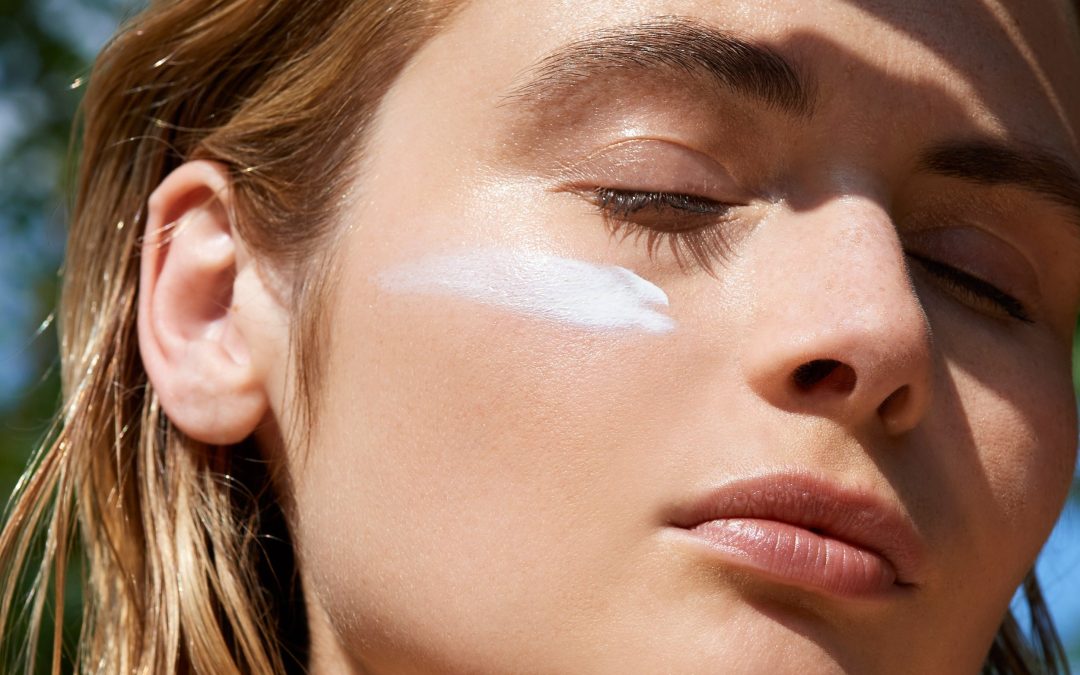Oman today_ Sunscreen is one of the most essential skincare products that should be part of your daily routine, regardless of the weather. However, you might wonder whether you should use a tinted or non-tinted sunscreen. This article helps you understand the differences and choose the best option for your skin.
Features of Non-Tinted Sunscreen
This type of sunscreen is free of pigments and gives your skin a natural, transparent appearance. Its formula protects against UVA and UVB rays. However, due to the lack of pigments, it does not block visible light from the sun or blue light emitted by digital devices like laptops and smartphones.
Characteristics of Tinted Sunscreen
Tinted sunscreens combine ingredients like iron oxide, offering both protection and a foundation-like tint to your skin. These products not only shield against UVA and UVB rays but also block visible light from the sun and blue light. Additionally, thanks to their pigments, they can conceal blemishes, acne scars, and skin imperfections, creating a smooth and flawless look.
Key Differences
Appearance: Non-tinted sunscreen maintains your skin’s natural look, while tinted sunscreen provides coverage similar to foundation.
Protection: Tinted sunscreen protects against both UV rays and visible light, whereas non-tinted sunscreen only shields against UV rays.
Usage: Non-tinted sunscreen is ideal for those who prefer an invisible and simple product. Tinted sunscreen is suitable for individuals who want to cover imperfections while protecting their skin.
Which One Should You Choose?
The choice between these two products depends entirely on your needs and preferences. If you’re looking for a product that is invisible and gives your skin a natural appearance, non-tinted sunscreen is the way to go. On the other hand, if you want both protection and a smooth, even complexion, tinted sunscreen is a better option.
For those who spend long hours in front of a computer or phone screen, using tinted sunscreen is recommended as it offers better protection against blue light. Ultimately, both types can be part of your skincare routine, and choosing the right one depends on your lifestyle and individual needs.

